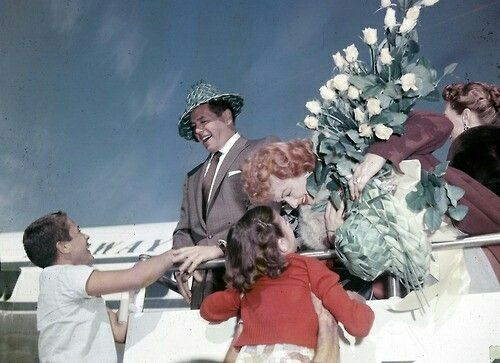
More than just a popular show, I Love Lucy is considered the blueprint for the modern American sitcom. Nearly every element we associate with TV comedy today—laugh tracks, ensemble casts, physical gags, episodic storylines—was refined and perfected by Lucille Ball and her team.
Inventing the Modern Sitcom Structure
Filmed in front of a live studio audience using three cameras simultaneously, I Love Lucy allowed editors to switch between angles to capture the perfect punchline. This setup is still used by shows like The Big Bang Theory and Two and a Half Men.
The show also introduced the concept of the “A-story”—a central conflict that gets resolved by the end of the episode. Whether Lucy was hiding a side job or getting caught in another disguise, every episode followed a tightly structured comedic arc.
Influencing Generations
Comedians and showrunners alike—Tina Fey, Carol Burnett, Amy Poehler, and many more—cite Lucille Ball as their inspiration. Even today, her comedic timing, bold physicality, and willingness to be vulnerable on screen are studied by actors around the world.
Without I Love Lucy, modern TV comedy as we know it might look very different.
